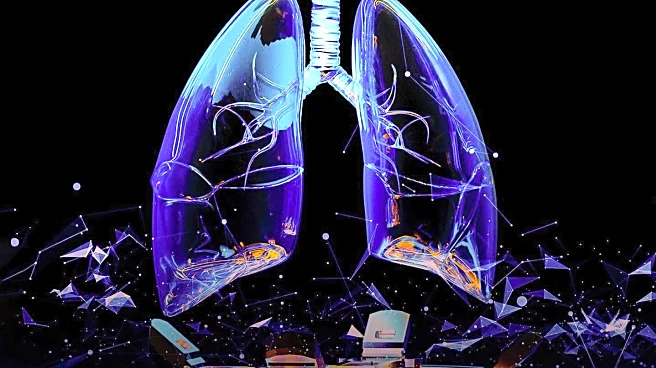What's Happening?
Researchers at the University of Saskatchewan have developed 3D-printed lung tissue models using living cells, which could transform the study and treatment of lung diseases. These models provide a more accurate representation of human lungs compared to traditional 2D and animal models. The innovation aims to improve the testing of therapies for diseases like tuberculosis, COVID-19, asthma, COPD, and pulmonary fibrosis. The use of 'bioinks' containing real cells allows for a realistic environment for studying lung function and disease progression.
Why It's Important?
This advancement in 3D printing technology has the potential to significantly enhance the development of personalized therapies and improve the success rate of treatments entering the market. By providing a more human-relevant model, researchers can better understand disease mechanisms and test new drugs ethically. The long-term goal is to create lab-grown lungs for transplantation, which could address organ shortages and improve patient outcomes. This technology represents a major step forward in biomedical research and healthcare innovation.
What's Next?
The research team plans to further refine the 3D lung model to fully replicate the complex structure and function of human lungs. Over the next decade, these models are expected to play a crucial role in understanding lung diseases and developing new therapeutics. Continued advancements in this field could lead to the eventual use of lab-grown lungs for transplantation, offering a solution to current organ donation challenges.










